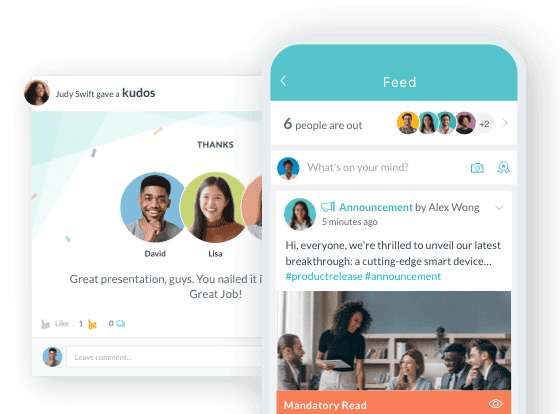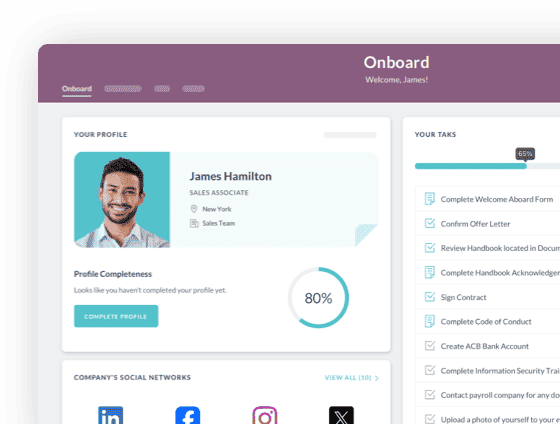

 Cut onboarding time
by 60%—here's the
Ultimate Checklist
that helped do it.
Cut onboarding time
by 60%—here's the
Ultimate Checklist
that helped do it.
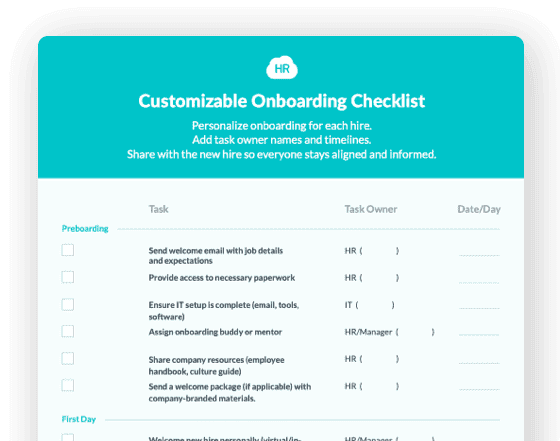
Although most companies provide training to new workers, few recognize the value of continuous learning and improvement. Providing ongoing learning opportunities for employee development can help increase their engagement and lower turnover rates.
Therefore, if you want your company to prosper, you must invest in extensive training initiatives. Of course, this will take time and money. However, when you consider the possible growth and profitability your company may experience, that is just a little price to pay.
But how can you improve your approach to training employees?
1. Make Learning Accessible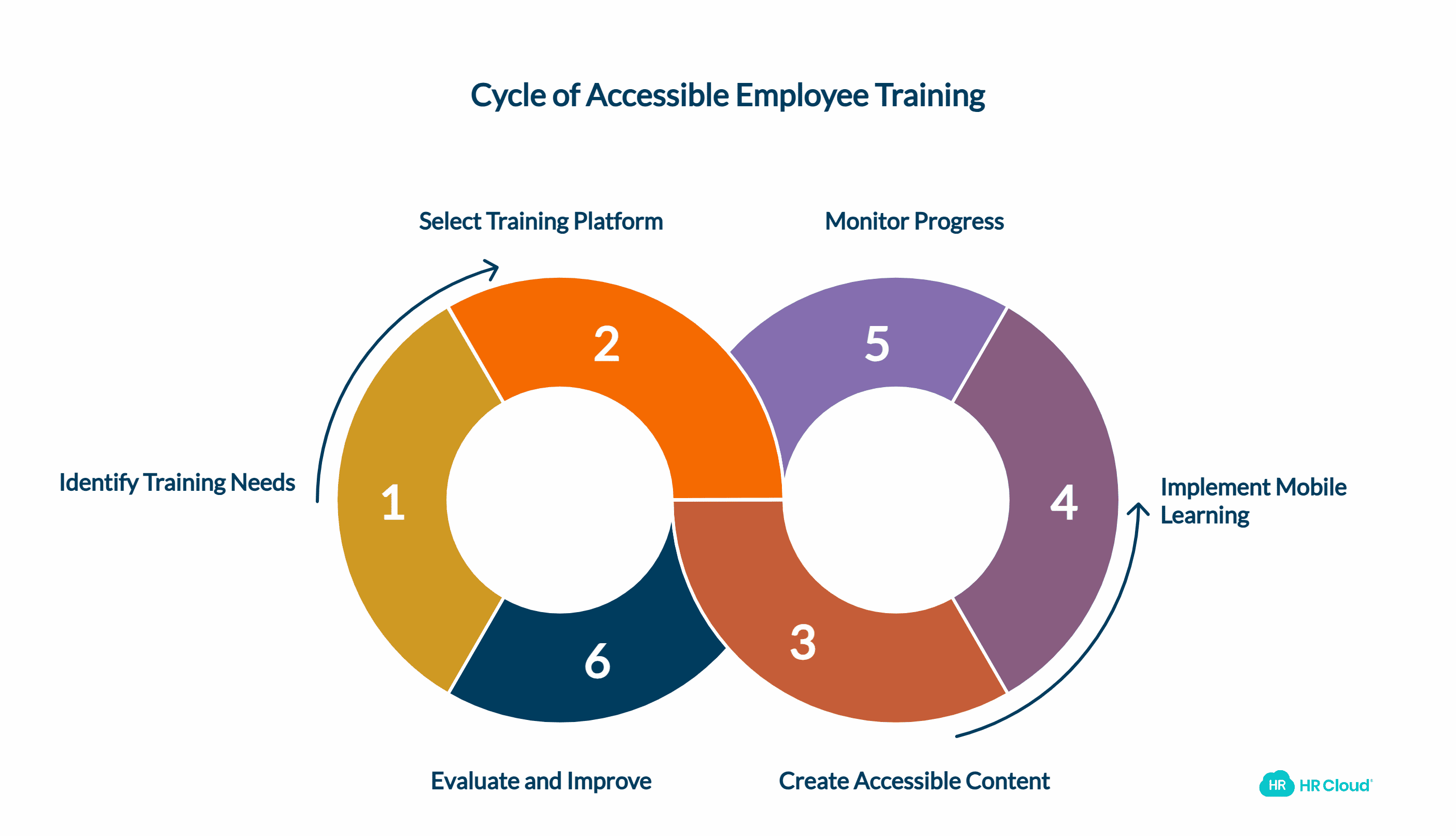
If you are running a company, you know employees are always busy. That means making time for training can be challenging while their attention and time are needed in different roles.
Luckily, employee training platforms can be your best option. They offer your employees the much-needed convenience of learning new work-related skills through online employee training.
A good top-notch employee training platform will allow you to create learning activities or content that is easy to access. In other words, your remote employees can access learning and development materials, be it for Microsoft Certification or any IT course, from virtually any place, including waiting lines at the bank, on the commute, or at any free time they get. This mobile learning approach ensures that training is always at their fingertips.
If you are not sure what to choose, you can compare these employee training software options – Spekit, UserGuiding, and Northpass, to identify which option best fits your unique needs. Many of these platforms offer features of a learning management system (LMS) that can streamline your training process and even provide self-paced learning opportunities.
2. Make it Exciting
Although employees need learning for their professional development, they will quickly disengage if the training involves listening to boring content. If that happens, you will probably waste time and other valuable resources.
Therefore, whether you offer short or long-term training, be sure to make it exciting. More importantly, make sure the training content is educational and relevant to the employees' job descriptions. Consider implementing blended learning approaches that combine online and in-person elements to keep employees engaged. You might even explore microlearning platforms to deliver bite-sized, engaging content that improves training effectiveness. Incorporating gamification features can also enhance engagement and motivation in your digital learning courses.
3. Survey Your Employees
Your employees are the best source of information about your business performance. That is why you need to conduct regular staff surveys on various departments to find out what changes they want concerning your training methods, what kind of training they want, and what areas need training. This feedback can help you define clear learning objectives for your training programs and improve your overall training initiative.
Your staff will be grateful for your engagement and will most likely be eager to provide honest feedback. However, consider employees' suggestions and include them in your training process. This approach can help you tailor your corporate e-learning solution to meet specific corporate training needs, including compliance training requirements.
4. Consider Cross-training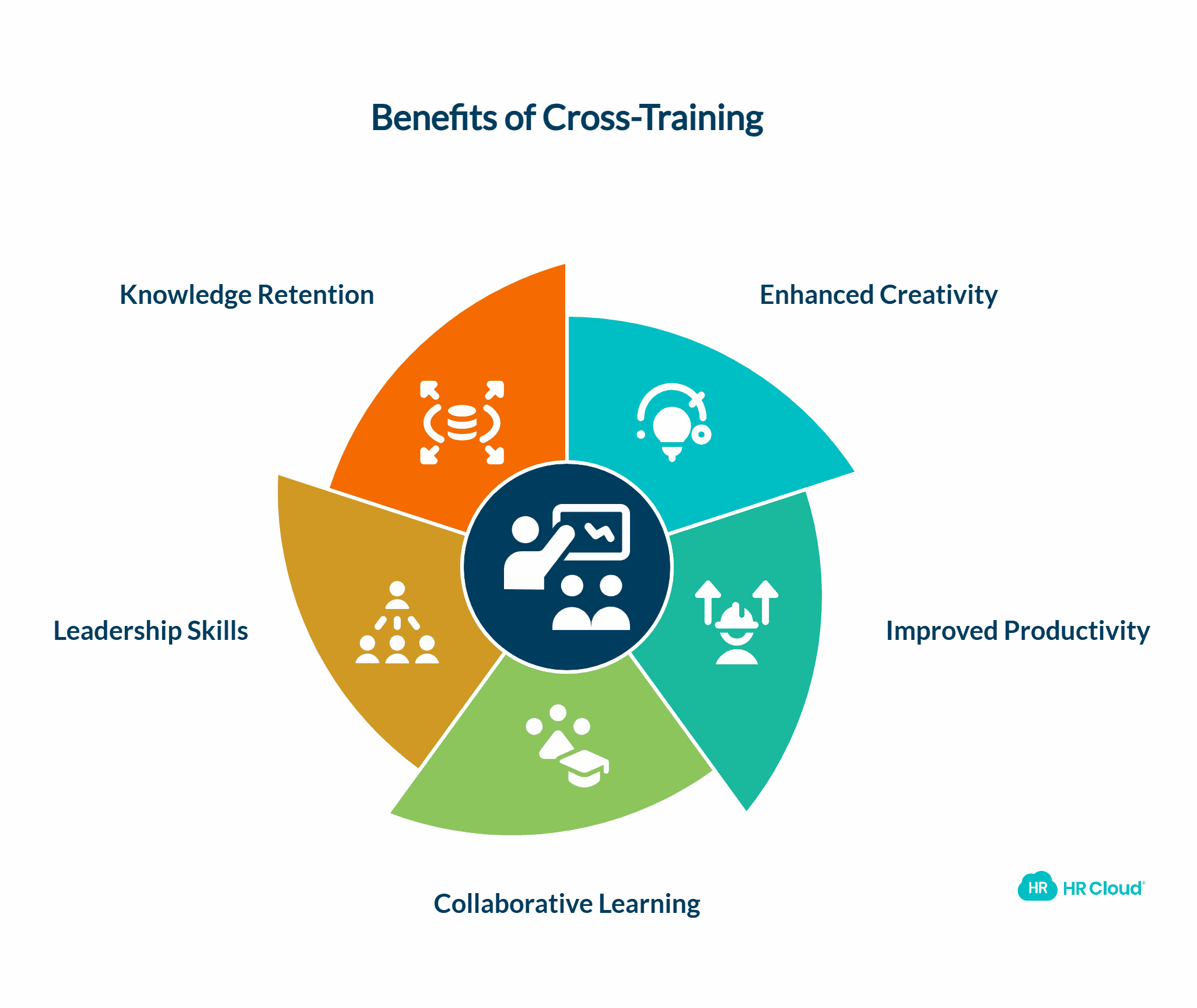
If you already have an effective employee training and development program in place for every department, you should consider cross-training. This strategy refers to helping your team members acquire both hard and soft skills to handle more than one role and is especially advantageous for small organizations that cannot afford to lose even one employee.
In bigger enterprises and organizations, cross-training helps enhance creativity, innovation, and productivity. Employees who understand different departments, their importance in your firm, and how they function are better positioned to collaborate and develop creative solutions to problems. This approach fosters collaborative learning, which can significantly boost overall team performance.
If you train employees from several departments, they may become best placed to tackle difficulties individually. In addition, employees who undergo cross-training will acquire the leadership skills needed to train others and assist everyone in achieving success. This skill-based learning approach can significantly improve knowledge retention and overall team performance.
5. Incentivize Learning
Incentivizing training may be an excellent strategy to improve workplace training.
You can do this by incorporating a mindset of learning into your company culture by giving your workers more chances to join corporate learning programs to get more education. Then, for those who stick it through and finish the employee training programs, reward them with raises, bonuses, or promotions.
Incentivizing learning in your company will help them acquire the knowledge and skills needed to improve engagement and productivity. While some of the courses your employees learn may not be part of the job requirements, they can be helpful to the workers' personal and professional development.
Remember, effective training isn't just about onboarding new hires; it's about continuous development throughout an employee's career. By implementing these strategies and leveraging the right employee training tools, you can create a culture of learning that benefits both your employees and your organization. Consider using a learning experience platform that offers training analytics to measure the impact of your initiatives and continuously refine your approach to training employees.
To further enhance your training efforts, consider utilizing an e-learning authoring tool to create custom digital learning courses tailored to your organization's needs. These course creation tools can help you develop personalized learning paths for different roles or skill levels within your company. Additionally, implementing a robust learning content management system can help you organize and distribute your training materials more effectively across your employee training platform.
For organizations looking to expand their training capabilities without significant upfront costs, exploring free online LMS options can be a good starting point. While these may not offer all the features of paid solutions, they can provide a solid foundation for your online employee training program.
 Discover how our HR solutions streamline onboarding, boost employee engagement, and simplify HR management
Discover how our HR solutions streamline onboarding, boost employee engagement, and simplify HR management
Author Bio:
This article is written by our marketing team at HR Cloud. HR Cloud is dedicated to providing powerful solutions for your HR teams and creating an exceptional employee experience. Our aim is to help your company improve employee engagement, onboarding, and to save you valuable time!
Keep Reading
The Hidden Metrics of Frontline Success: Beyond Engagement Scores
"What gets measured gets managed, but what gets measured well gets transformed." — Peter
Embracing Diversity: Recognizing Different Cultures in the Workplace
Workplaces today reflect the incredible diversity of the world around us. People bring
From Manual to Automated: A Complete Guide to Digitizing Employee Onboarding for Large Organizations
Sarah Chen, Director of HR at a 7,000-employee healthcare organization, starts her Monday
Like What You Hear?
We'd love to chat with you more about how HR Cloud® can support your business's HR needs. Book Your Free Demo

Build a Culture of Recognition. Boost Engagement. Guaranteed.
Workmates empowers employees to stay informed, connected, and appreciated—whether they’re on the front line, in the office, or remote. Recognition drives 12x higher engagement.Trusted by industry leaders in every sector




Cut Onboarding Costs by 60%.
Take the confusion and follow-ups out of onboarding with automated workflows, digital forms, and structured portals—so new hires ramp faster 3X quicker.Trusted by industry leaders in every sector





